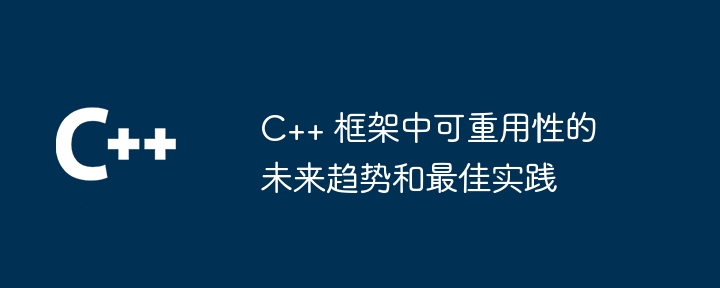数据结构是以结构化方式组织的数据集合。它分为两种类型,如下所述 -
线性数据结构 - 数据以线性方式组织。例如,数组、结构体、堆栈、队列、链表。
非线性数据结构 - 数据以分层方式组织。例如,树、图、集合、表。
它是一种线性数据结构,插入在后端完成,删除是在前端完成的。

队列的顺序是 FIFO – 先进先出
队列溢出− 尝试将元素插入满队列。
队列处于流状态 − 尝试从空队列中删除元素。
下面给出的是插入 ( ) 的算法 -
if (r==n)
printf ("Queue overflow")q[r] = item r++
以下是用于将元素插入队列的C程序 -
#include <stdio.h>
#define MAX 50
void insert();
int array[MAX];
int rear = - 1;
int front = - 1;
main(){
int add_item;
int choice;
while (1){
printf("1.Insert element to queue ");
printf("2.Display elements of queue
");
printf("3.Quit
");
printf("Enter your choice : ");
scanf("%d", &choice);
switch (choice){
case 1:
insert();
break;
case 2:
display();
break;
case 3:
exit(1);
default:
printf("Wrong choice
");
}
}
}
void insert(){
int add_item;
if (rear == MAX - 1)
printf("Queue Overflow
");
else{
if (front == - 1)
/*If queue is initially empty */
front = 0;
printf("Inset the element in queue : ");
scanf("%d", &add_item);
rear = rear + 1;
array[rear] = add_item;
}
}
void display(){
int i;
if (front == - 1)
printf("Queue is empty
");
else{
printf("Queue is :
");
for (i = front; i <= rear; i++)
printf("%d ", array[i]);
printf("
");
}
}
当执行上述程序时,会产生以下结果 -
1.Insert element to queue 2.Display elements of queue 3.Quit Enter your choice: 1 Inset the element in queue: 34 1.Insert element to queue 2.Display elements of queue 3.Quit Enter your choice: 1 Inset the element in queue: 24 1.Insert element to queue 2.Display elements of queue 3.Quit Enter your choice: 2 Queue is: 34 24 1.Insert element to queue 2.Display elements of queue 3.Quit Enter your choice: 3





